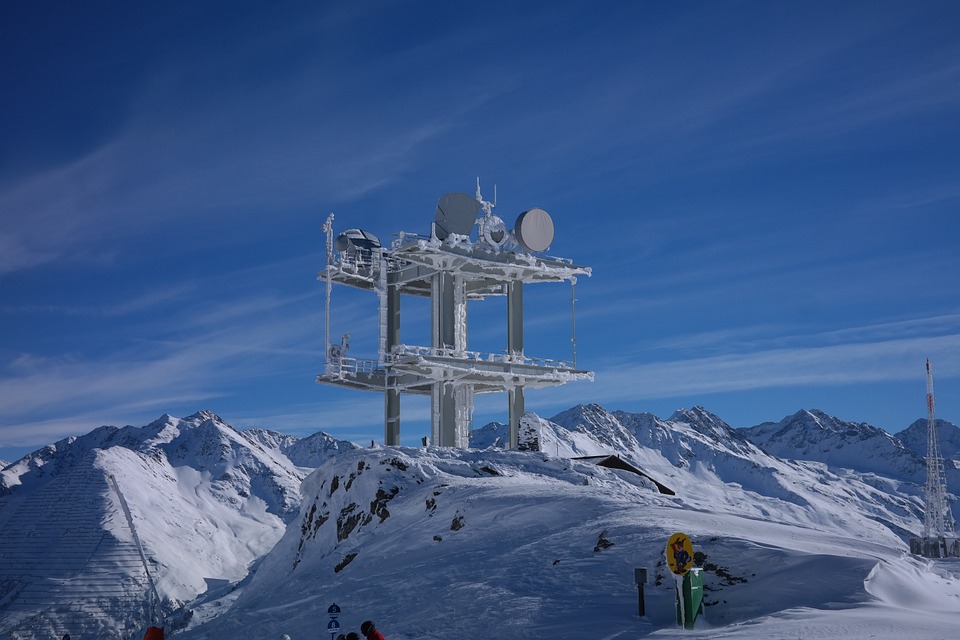Paper Bullets: A War of Words
INTERSECTION FOR THE ARTS
Sandow Birk, Amanda Eicher, René Garcia, Mondo Jud Hart, Packard Jennings, Kara Maria, Patrick Piazza, Winston Smith, Christine Wong
Paper Bullets brought together historical artifacts and the work of contemporary California artists to explore the role of propaganda in the execution of war. The show drew heavily from Stephen J. Hasegawa’s private collection of PSYOPS leaflets, which originally were dropped from planes behind enemy lines to encourage troops to surrender.
One from the Vietnam War showed the photograph of an American anti-war activist with a banner that read, “Black men should not fight for racist USA.” Another from WWII read, “Rich man’s war, poor man’s fight,” and juxtaposed caricatures of fat-cat war-profiteers with men dying on the battlefield. The leaflets were drawn from almost every major military conflict since the Second World War and represented the work of diverse combatants, including the U.S., Germany, Japan, North Korea, Iraq, and the South Vietnamese National Front for Liberation.
The artists in the show explored this phenomenon of “paper bullets” and connected it to the production and dissemination of ideology in everyday life. On the floor of the gallery, Amanda Eicher constructed a collage with images from The NY Times that read “Surrender,” like the Wicked Witch of the West’s smoke trails in The
Wizard of OZ. Sandow Birk drew a Cut-away View of a Domestic PSYOPS Facility, beneath the parking lot of a strip mall, which treated slogans like “United We Stand” as products of an underground propaganda industry. In A Few of My Favorite Things, Packard Jennings treated mail-order catalogues and magazines as commonplace forms of paper bullets, by presenting them in a pile beneath a broken wooden crate, as if they had been dropped from a plane. And Patrick Piazza reconstructed a 1954 army test by distributing printed and stamped postcards with questions on them concerning aesthetics, politics, and values. His installation, Reverberation Project, documented the experiment with records of the original test, returned post-cards, helium balloons with post-cards tied to them, and a poetic video, which showed the balloons being floated over San Francisco from the heights of Twin Peaks.
The show was remarkable for its integration of historical and artistic material, which both brought to light the concrete reality of ideology as an instrument in social conflicts and directly engaged the ideology of current conflicts through fantastical constructs.
